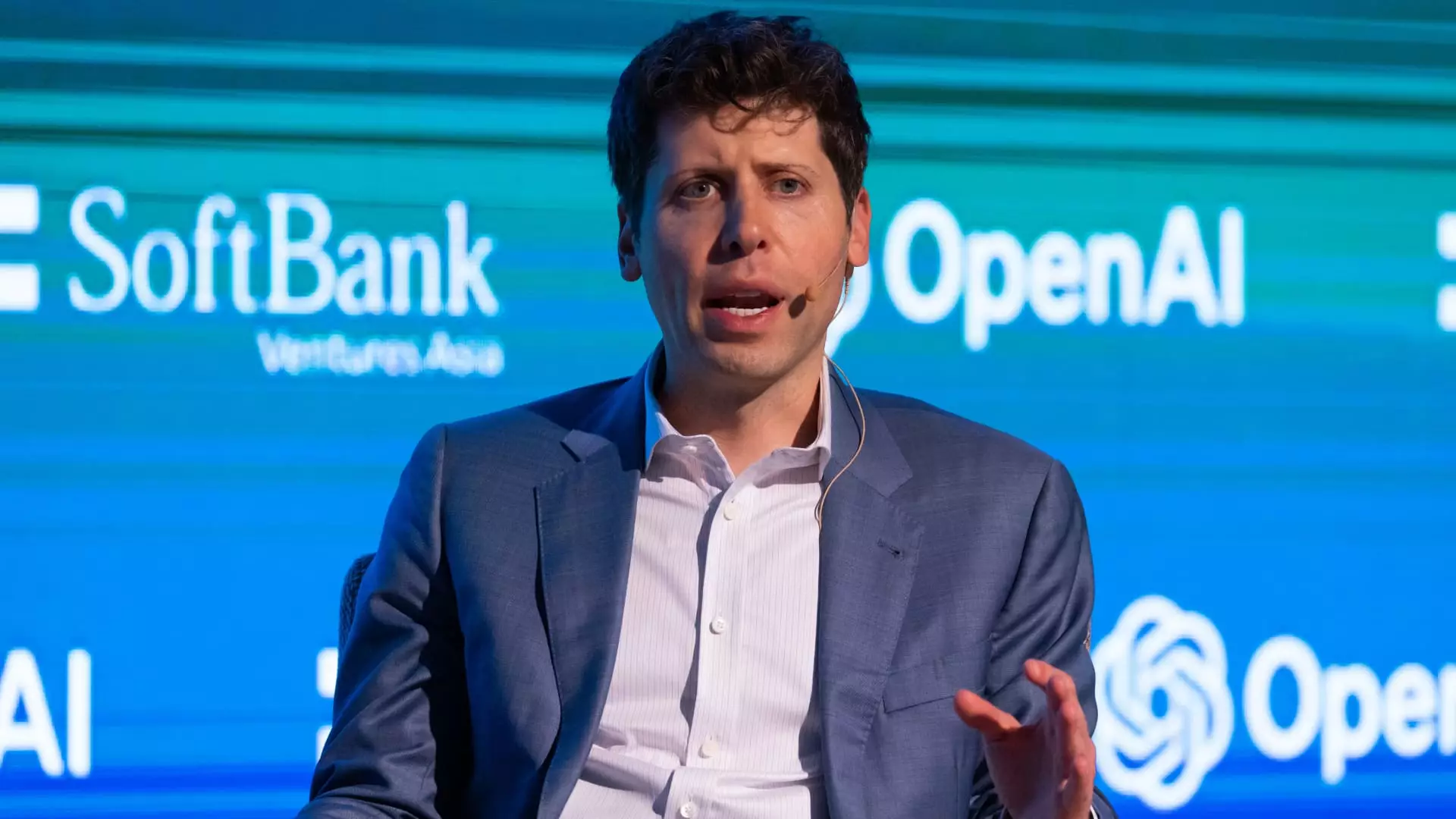OpenAI, a trailblazer in artificial intelligence, announced a significant shift in its organizational structure as it prepares to transition to a for-profit model by 2025. This evolution will see OpenAI established as a public benefit corporation (PBC), a move that eliminates certain nonprofit constraints previously in place. This critical change aims to position OpenAI similarly to high-growth startups, thus allowing it to embrace the commercial opportunities presented by an ever-expanding AI market. The move reflects broader trends in the tech industry, where major corporations have heavily invested in AI, funneling hundreds of billions of dollars into its development.
In a statement from OpenAI’s board, the company articulated the need for capital to sustain its ambitious mission. Their assertion underscores the increasing financial requirements tied to its $157 billion valuation, which surged significantly following the launch of its popular AI chatbot, ChatGPT. This transformation appears to be motivated not only by the desire for growth but also by the looming competition from tech giants like Microsoft, Google, and Amazon, as well as emerging players such as Elon Musk’s xAI and Anthropic. With predictions suggesting that the AI market could exceed $1 trillion in revenue in the coming decade, OpenAI is keen on positioning itself effectively in this landscape.
OpenAI is reportedly facing a staggering financial outlook, anticipating around $5 billion in losses for the current year against projected revenues of $3.7 billion. This presents a clear contradiction for a company striving to maintain its footing in a competitive environment. To tackle this, OpenAI plans to streamline its operations as a Delaware PBC with the flexibility to issue standard equity. This new structure intends to facilitate the necessary fundraising efforts and attract investors familiar with conventional investment models, deviating from the intricate arrangements described in its prior nonprofit form.
The decision to re-evaluate its operational framework comes at a time when the company’s mission to develop generative AI technologies demands ever-increasing investment in hardware, such as high-powered processors supplied primarily by Nvidia, as well as robust cloud services from Microsoft. OpenAI must ensure it can effectively allocate resources to maintain its competitive edge, especially as large language models remain at the core of its offerings, including ChatGPT.
The newly proposed structure differentiates commercial efforts from OpenAI’s ongoing charity initiatives, which will now be handled by a dedicated nonprofit arm. This bifurcation aims to maintain a focus on charitable activities in crucial sectors such as health care and education while allowing profit-driven objectives to thrive independently. However, skepticism surrounds this move, particularly given the foundational ethos of OpenAI, which initially prioritized advancements in artificial general intelligence (AGI) without the constraints of profitability.
The initial formation of OpenAI in 2015 by notable figures including Sam Altman and Elon Musk established a nonprofit research laboratory devoted to AGI. Layering on a capped-profit model in 2019 hinted at the potential for commercialization, yet this new structure marks a pronounced departure from those founding principles. Critics argue that the shift towards a profit-driven approach may compromise the integrity of the company’s mission and distort priorities towards financial gains rather than societal benefits.
Amidst this restructuring, OpenAI also grapples with internal strife that jeopardizes its prospects. The escalating rift between Sam Altman and Elon Musk has taken center stage, as Musk battles against the company’s transition while labeling OpenAI’s efforts a “total scam.” The implications of this legal tussle extend beyond public perception, affecting the morale within OpenAI itself.
Simultaneously, the company has witnessed an alarming exit of key personnel, indicating potential discord regarding its strategic direction. Notable departures, including Chief Technology Officer Mira Murati and founding members like Ilya Sutskever, point towards discontent within the ranks, primarily around the focus on commercialization at the potential expense of safety protocols and ethical considerations. As some departing staff members have cited misaligned priorities as their reason for leaving, the company must carefully navigate the delicate balance between innovation and concern for safety.
As OpenAI transitions into a public benefit corporation and actively pursues a for-profit model, it stands at a crucial juncture in its evolution. The pressing financial realities combined with fierce competition compel the organization to adapt swiftly. However, this shift raises questions regarding the very essence of its mission as a leading AI entity. The path that OpenAI carves out in the coming years will not only determine its financial viability but will also shape the future landscape of artificial intelligence development, making it imperative for leaders and stakeholders to consider the broader implications of their strategic choices.


Leave a Reply